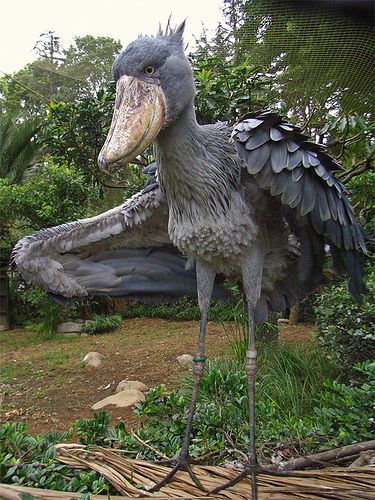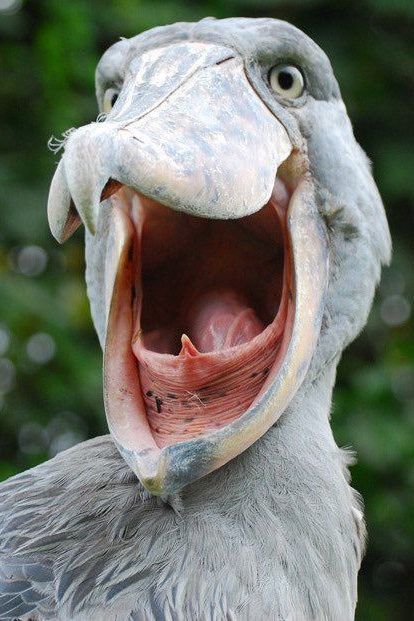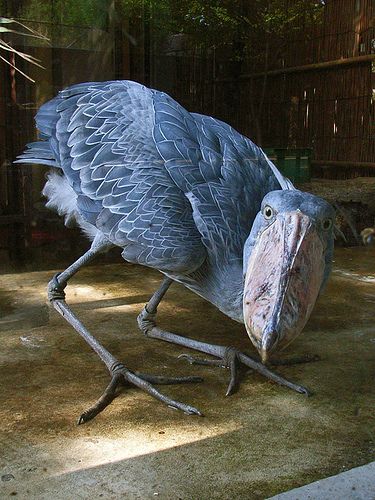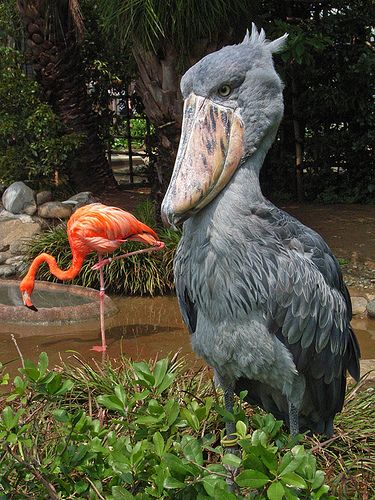Giant birds are fascinating creatures in the animal kingdom. One of the most famous giant birds is the moa, which existed in New Zealand for thousands of years before becoming extinct in the 15th century.

Moa belonged to the Dinornithidae family and were impressive in size. Some species of moa could reach imposing heights, making them true giants among birds.

The moa was a flightless bird, known for its notable stature and unique adaptations. They had long, sturdy legs that allowed them to traverse New Zealand’s dense forests with ease. Its wings were small and underdeveloped, indicating its inability to fly.

The size of different species of moa varied, but the largest could measure up to 3.6 meters (12 feet) tall and weigh around 230 kilograms (510 pounds). With their elongated necks, they had an almost ostrich-like appearance. Their heads had a strong, pointed beak, which they used to search for plant material such as leaves, fruits and seeds.

The moa played an important role in the ecosystem of ancient New Zealand. As herbivores, they contributed to seed dispersal, assisting in the regeneration and distribution of plant species. They were also preyed upon by the indigenous people of New Zealand, the Maori, who used their feathers, bones and skin for various purposes.

Unfortunately, the arrival of humans and the introduction of predatory mammals, such as dogs and rats, led to the decline and eventual extinction of the moa. Today, their remains provide valuable information about New Zealand’s ancient fauna and serve as a reminder of the diverse and unique creatures that once roamed the Earth.





